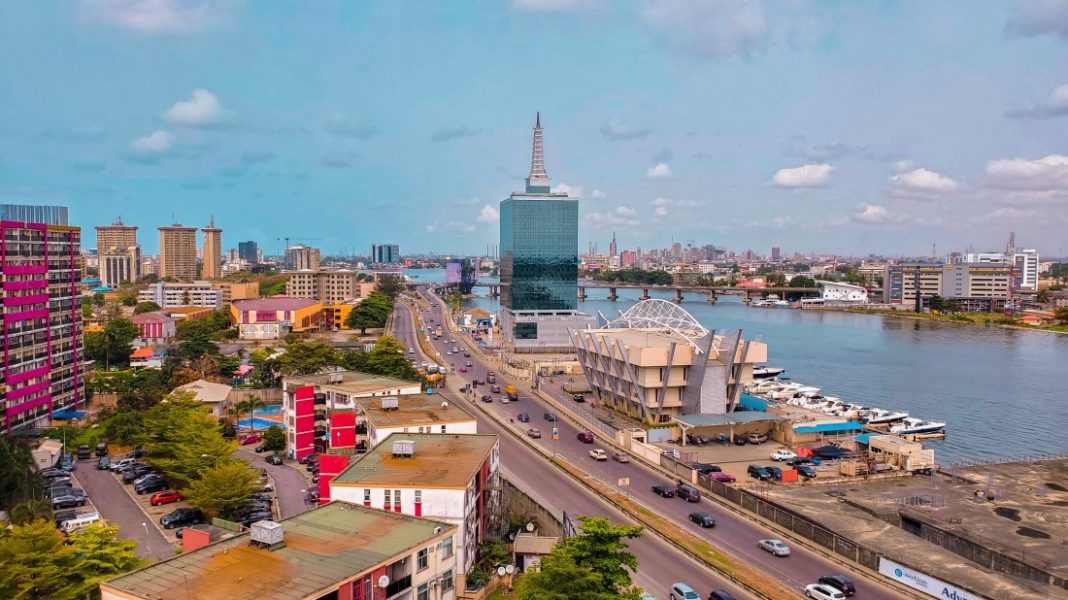Have you ever wondered how some of the world’s largest cities got their names? Many of them have fascinating stories behind their origins that you may not have heard before. From Lagos to New York, many cities’ names hold rich historical and cultural significance. Here are 15 surprising facts about the origin of these big cities’ names.
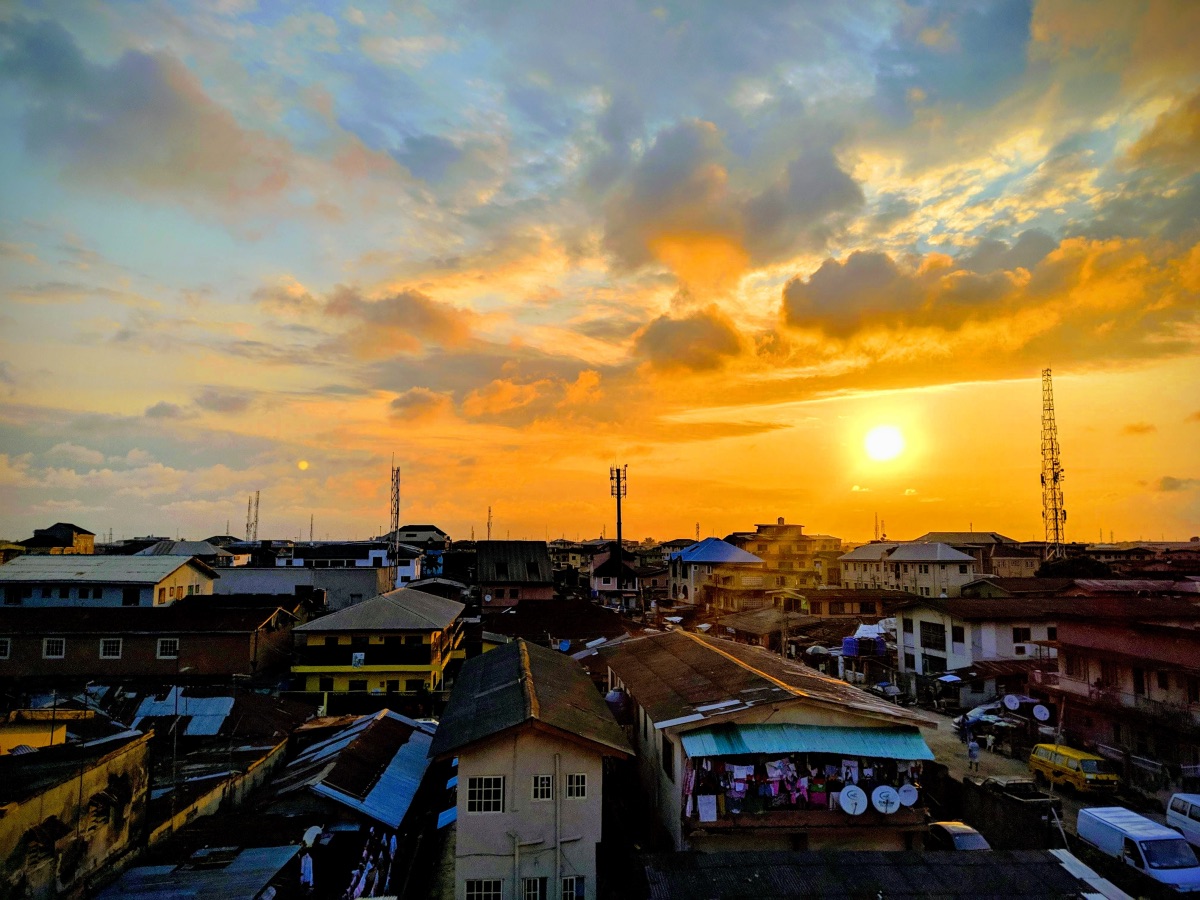
Lagos, Nigeria
Lagos is one of the largest cities in Africa and is home to over 20 million people. Lagos was originally a small fishing village called Eko, meaning “war camp” in Yoruba. The city was later renamed Lagos by the Portuguese, after the Portuguese city of Lagos. The city’s name is believed to have originated from the Portuguese word “Lago,” which means “lake.” The Portuguese settled there in the 15th century. Over time, the name evolved to “Lagos,” and it has remained so ever since.
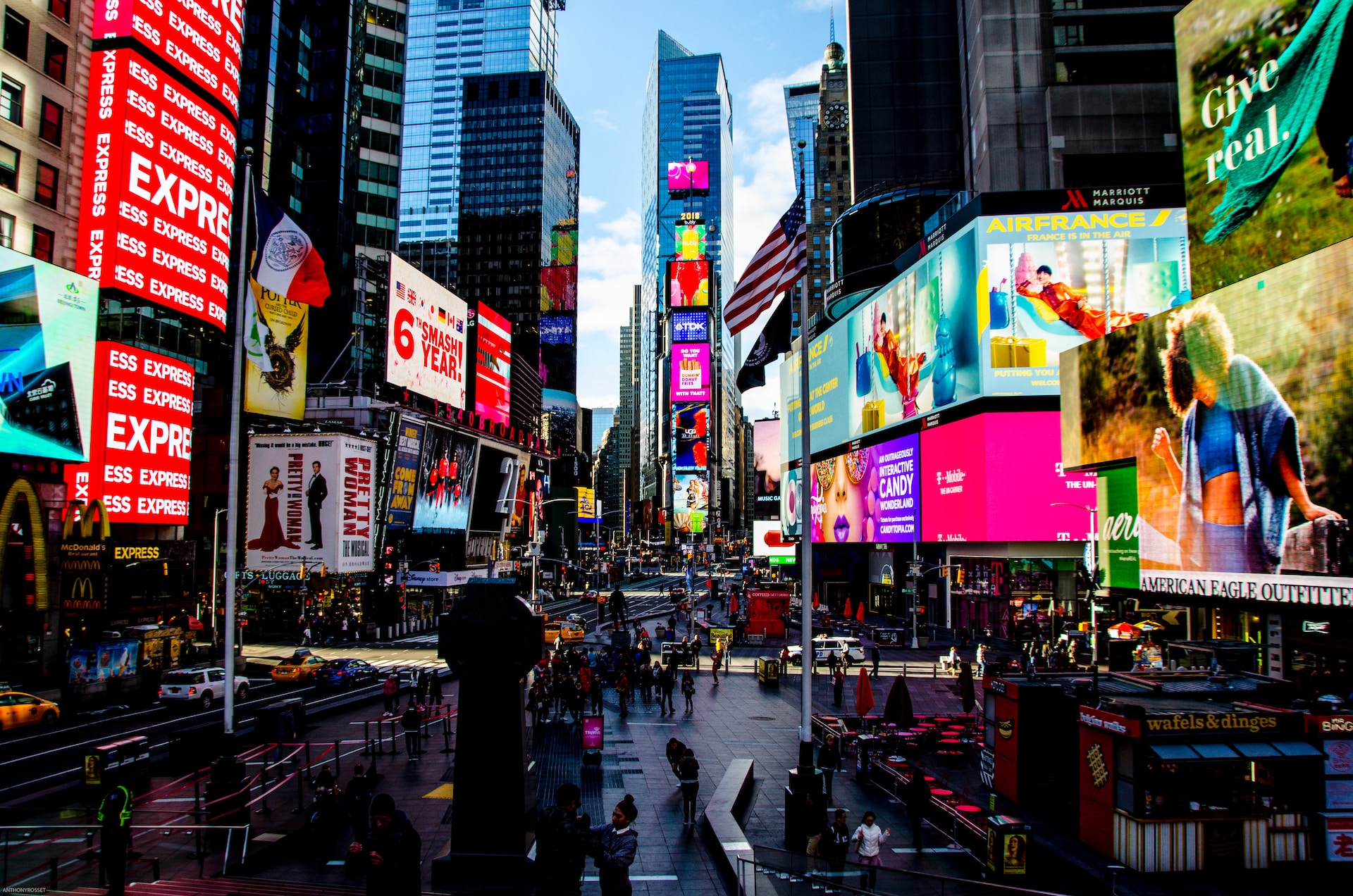
New York City, USA
New York City is one of the most populous cities in the world, with over 8 million people living there. The city’s name is derived from the Duke of York, who was given control of the land by his brother King Charles II of England in the late 17th century. The city was originally called New Amsterdam by the Dutch, who settled there in the early 17th century, but the British renamed it New York after taking control of the region.
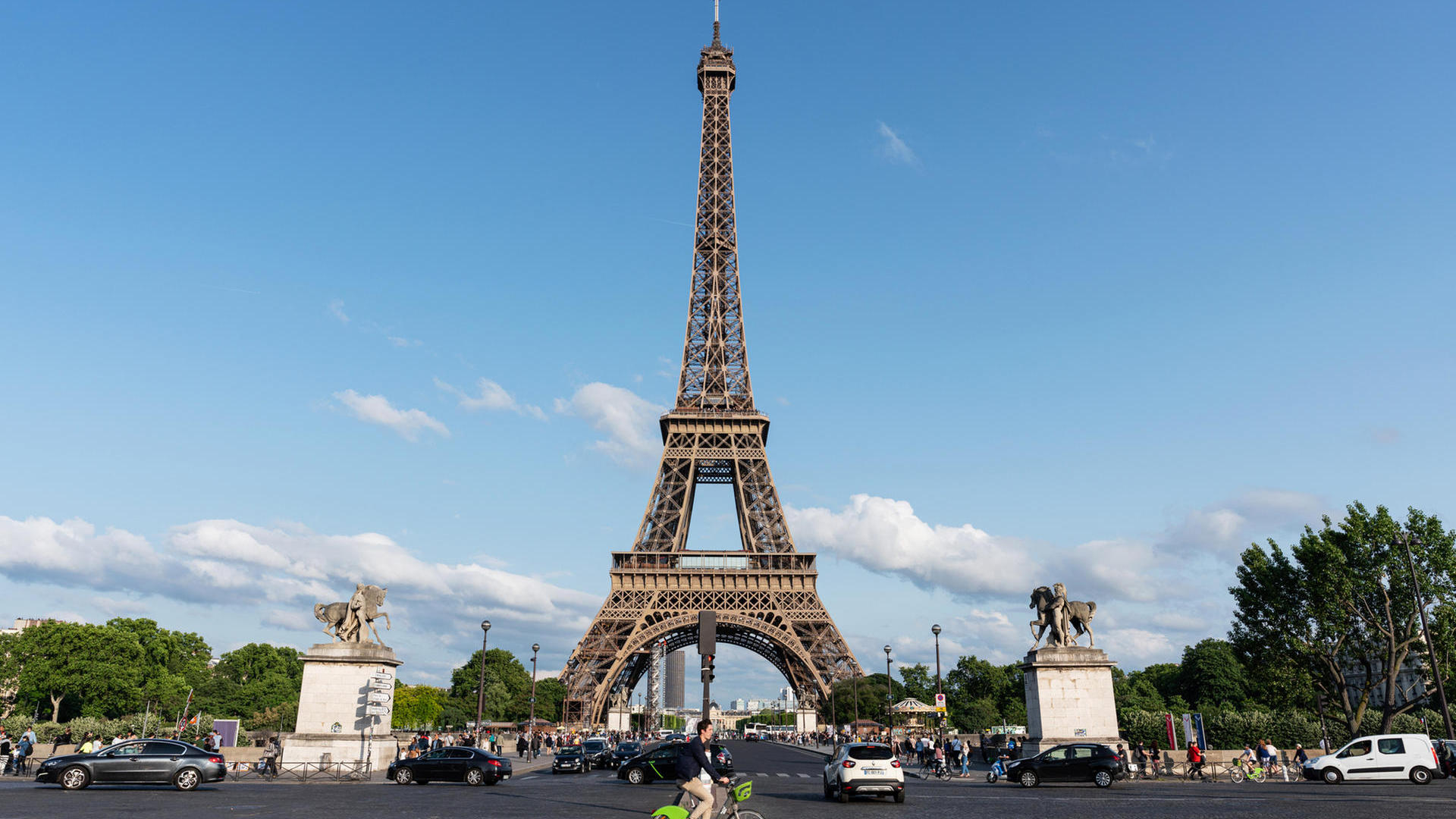
Paris, France
Paris is the capital of France and is one of the most famous cities in the world. Paris was originally a Roman city named “Lutetia.” The city’s name is believed to have originated from the Celtic tribe that originally inhabited the area, known as the Parisii. The name Paris comes from the Parisii, a Gallic tribe that lived in the area before the Roman conquest. Over time, the name evolved to “Paris,” and it has remained so ever since.
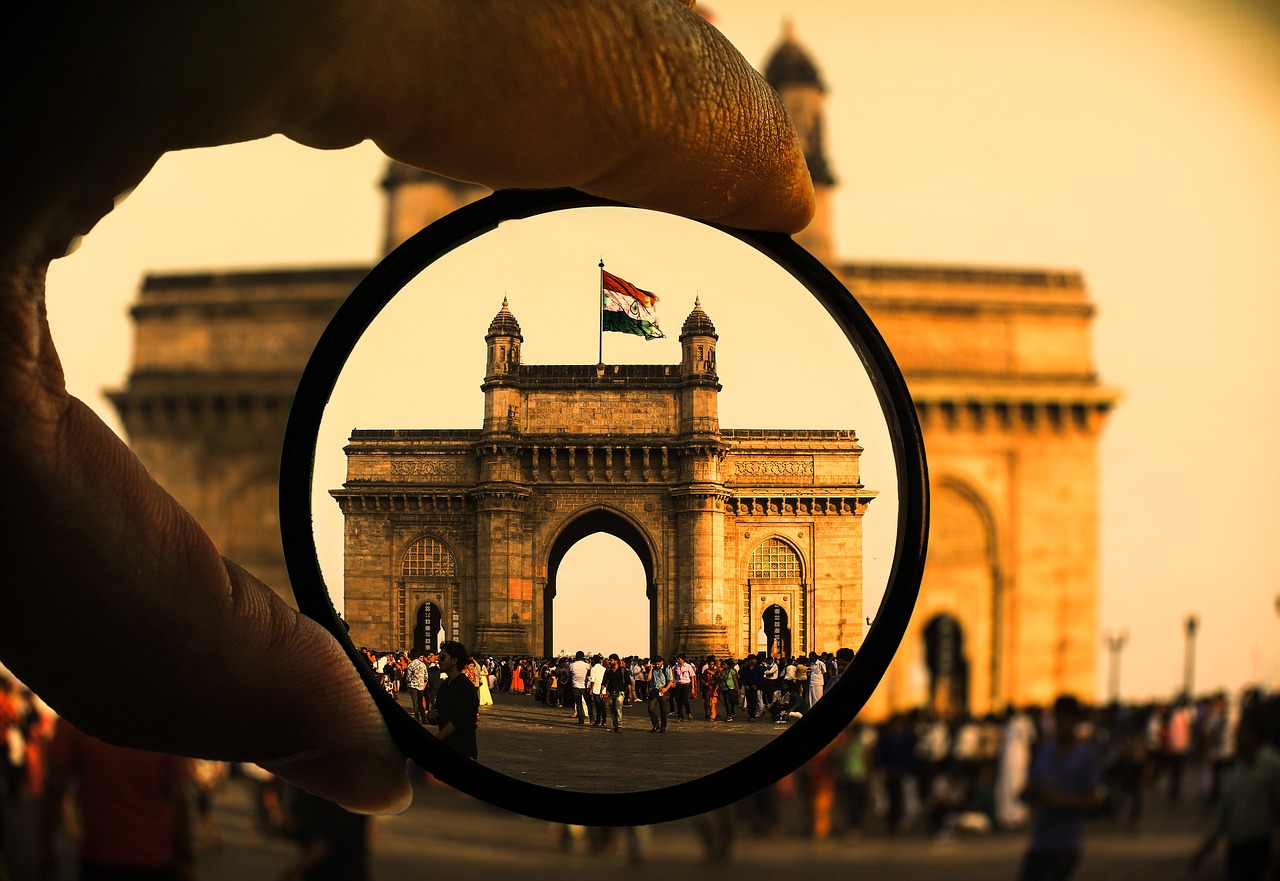
Mumbai, India
Mumbai is one of the largest cities in India and is home to over 18 million people. The city’s name is believed to have originated from the name of the goddess Mumbadevi, who was worshiped by the original inhabitants of the area, the Koli people.
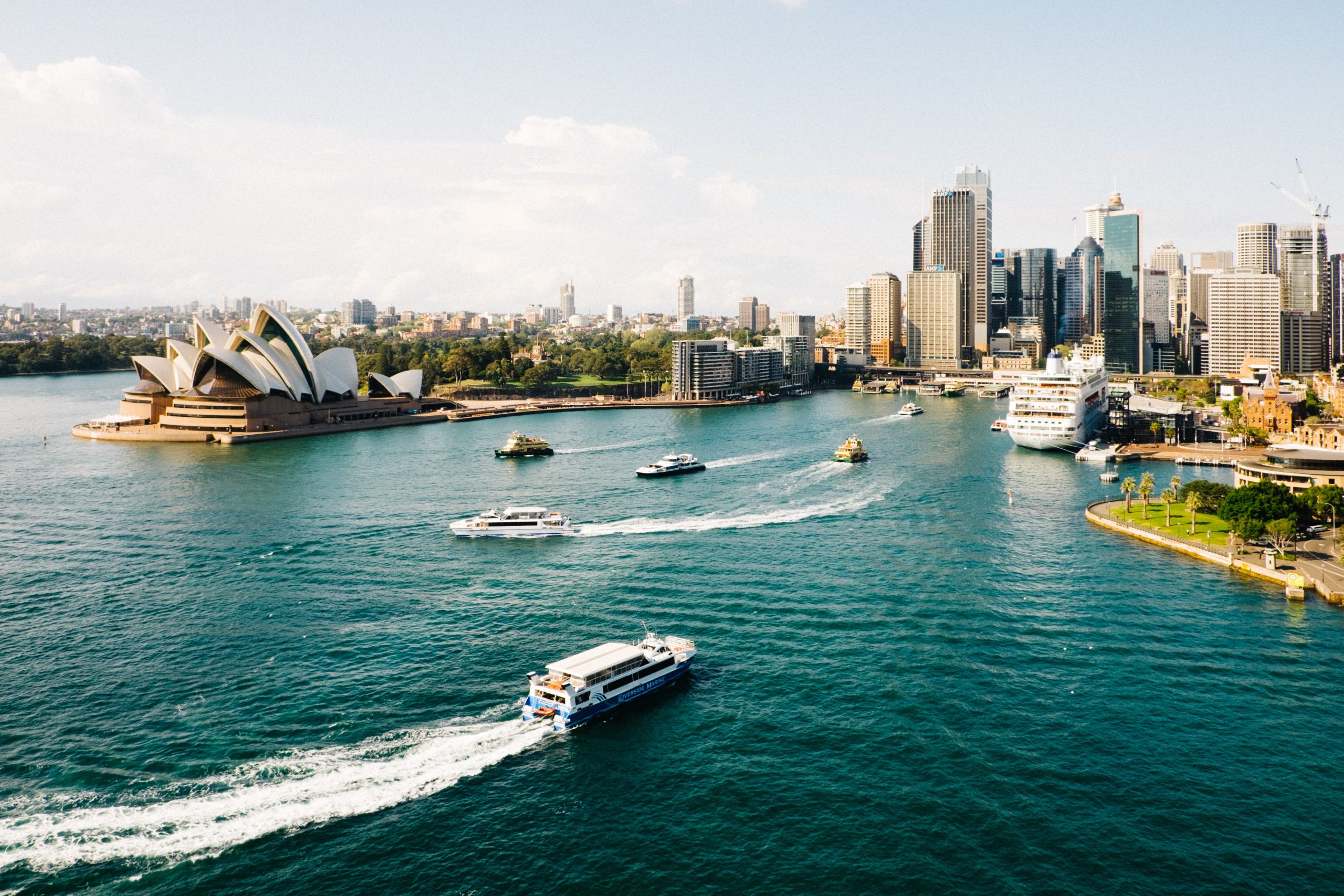
Sydney, Australia
Sydney is one of the most populous cities in Australia and is known for its stunning harbor and Opera House. The city’s name is believed to have originated from the British Home Secretary at the time, Lord Sydney, who oversaw the colonization of Australia in the late 18th century.

Tokyo, Japan
Tokyo is Japan’s capital and home to over 13 million people. The city’s name is believed to have originated from the Japanese words “to” and “kyo,” which mean “eastern capital.” The city was known as Edo until 1868 when it became the capital of Japan and was renamed Tokyo.

Rio de Janeiro, Brazil
Rio de Janeiro is one of the most famous cities in Brazil and is known for its beaches, carnival, and samba music. The city’s name is believed to have originated from the Portuguese words “rio,” which means “river,” and “janeiro,” which means “January.” The Portuguese named the city when they discovered it on January 1st, 1502.
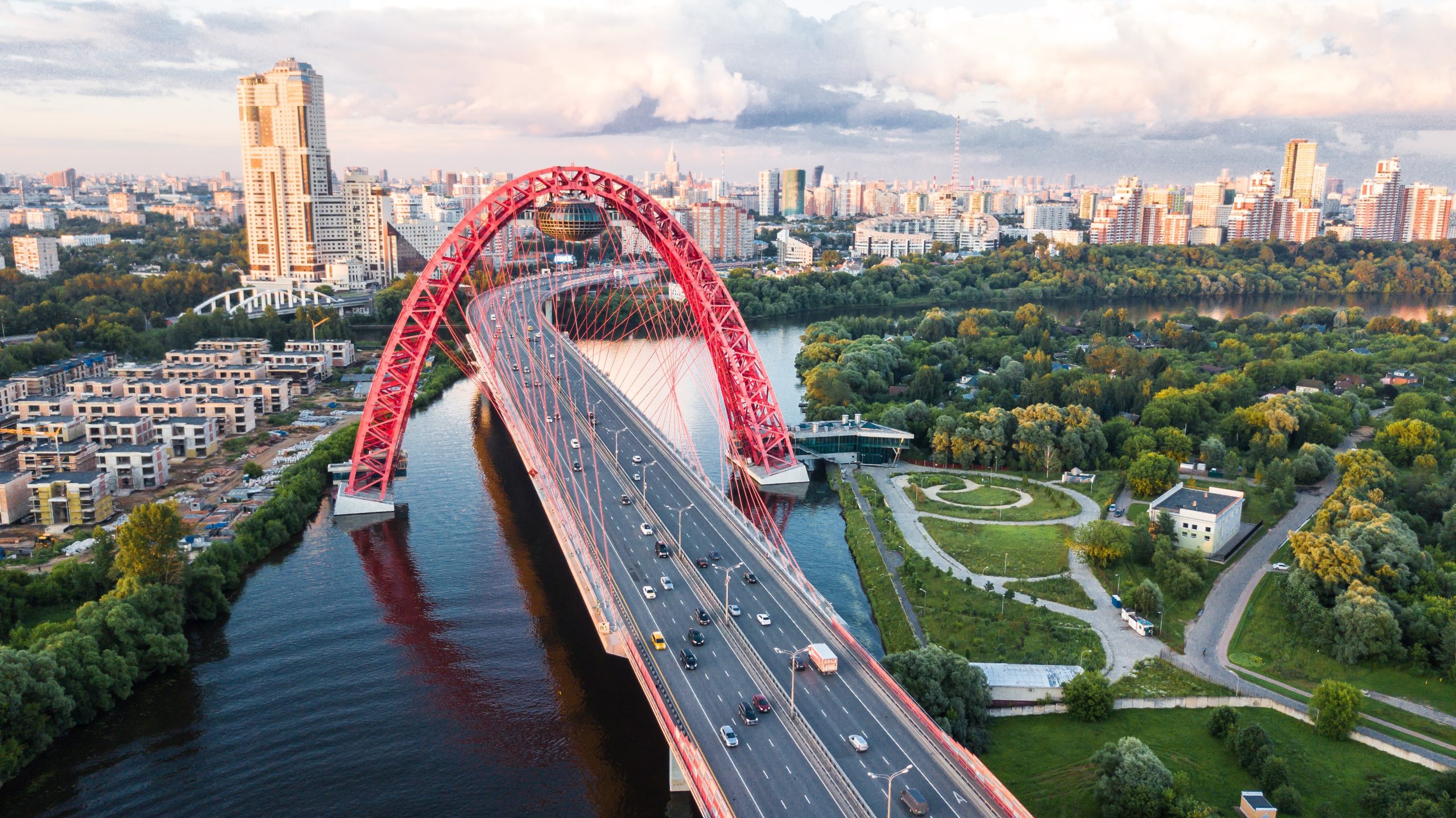
Moscow, Russia
Moscow is the capital of Russia and is home to over 12 million people. The city’s name is believed to have originated from the name of the Moskva River, which runs through the city. The name “Moskva” is believed to have originated from the Finno-Ugric word for “wetland,” which is a reference to the marshy nature of the area around the river.
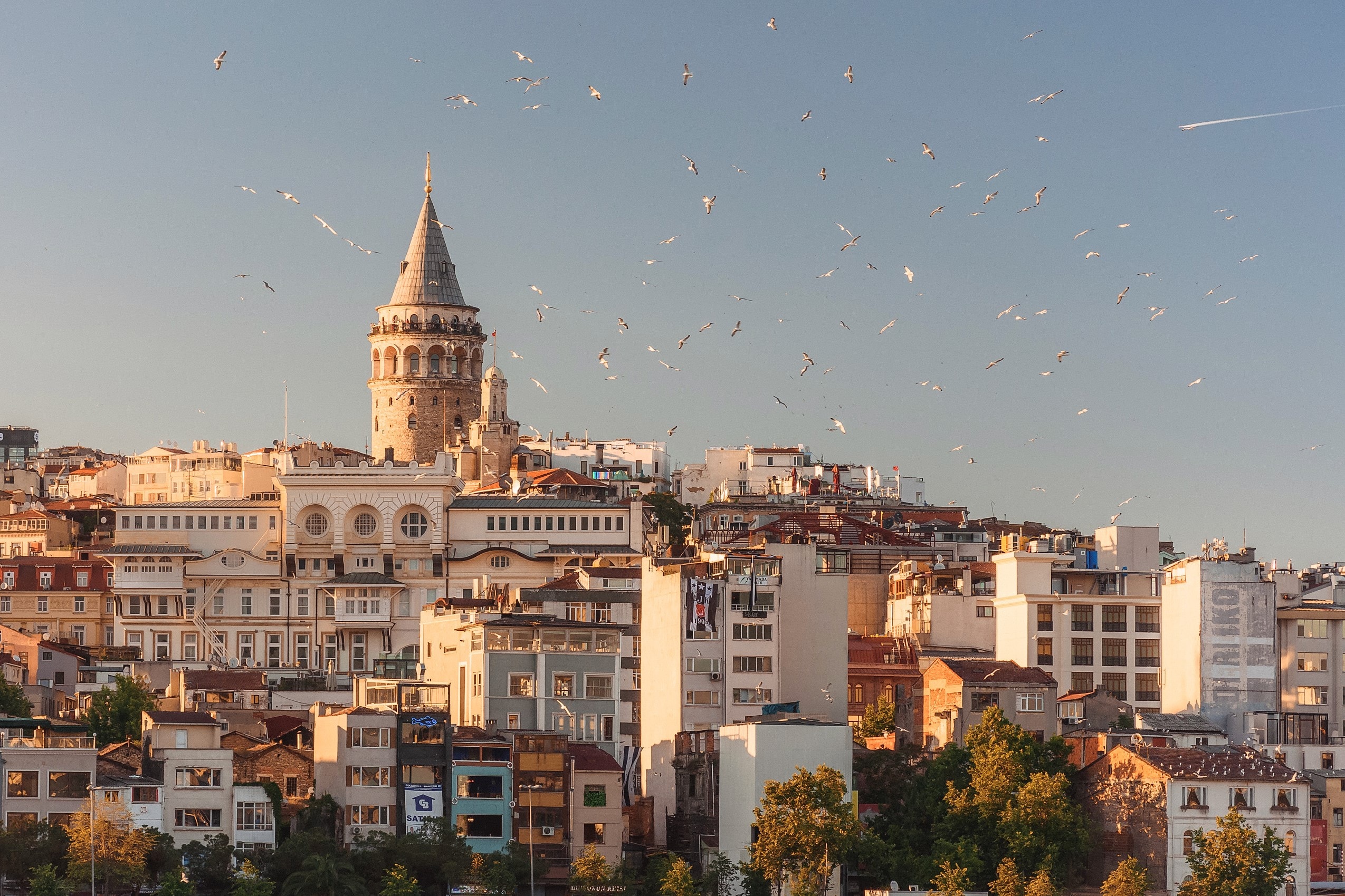
Istanbul, Turkey
Today, Istanbul is a bustling metropolis with a population of over 15 million people. The city is known for its rich history and cultural heritage, as well as its stunning architecture and delicious cuisine. But did you know that Istanbul was originally called Byzantium by the Greeks, who founded the city in the 7th century BCE? Or that it was later renamed Constantinople by the Romans, after the emperor Constantine?

São Paulo, Brazil
São Paulo is the largest city in Brazil and the Americas, with a population of over 12 million people. It is known as the financial capital of Brazil and home to the São Paulo Stock Exchange. São Paulo, Brazil was named after Saint Paul by Jesuit missionaries who founded the city in 1554. Saint Paul was a significant figure in early Christianity and known for his missionary work.
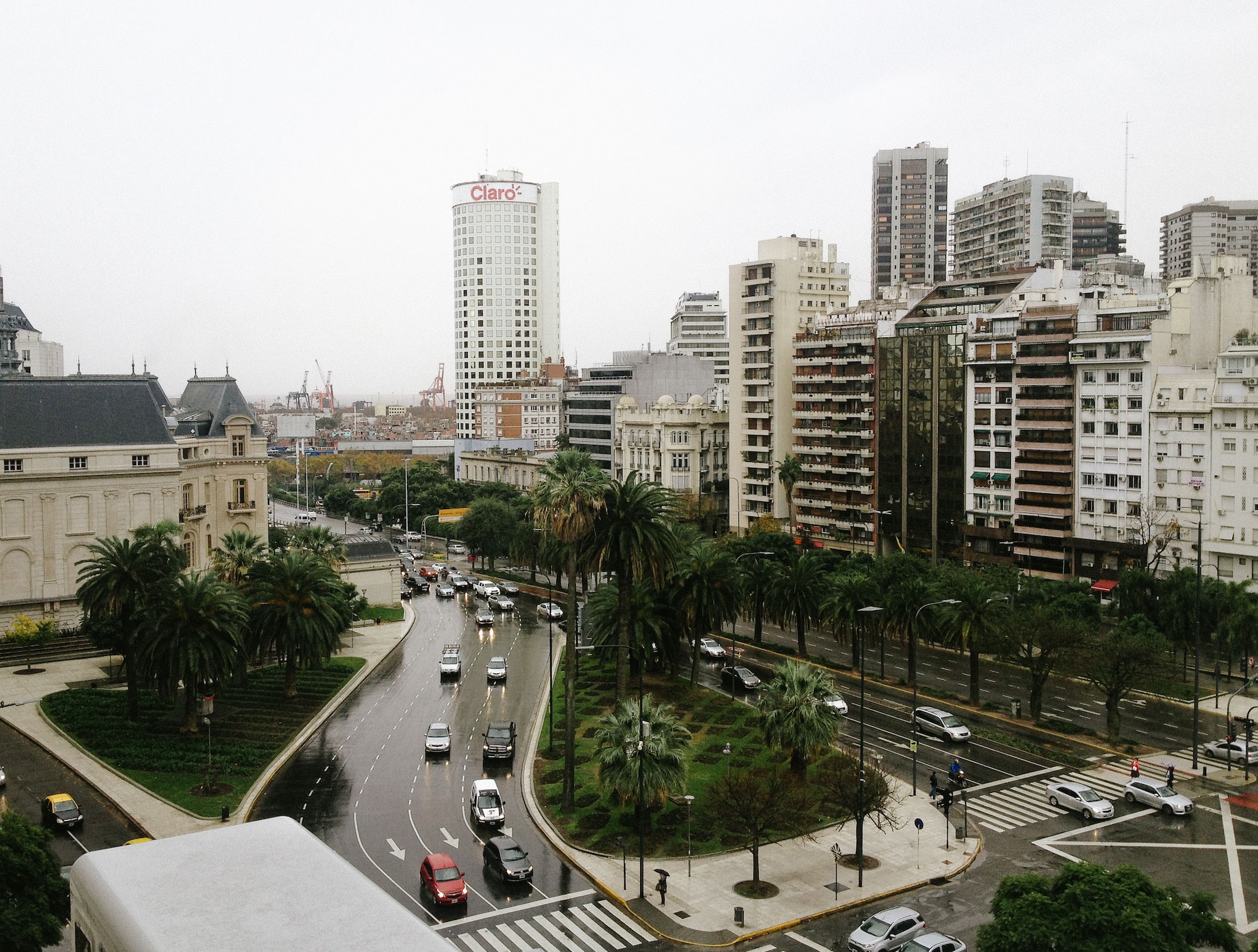
Buenos Aires, Argentina
Buenos Aires was founded in 1536 by the Spanish, who named it Ciudad de la Santísima Trinidad y Puerto de Santa María de los Buenos Aires, which means “City of the Most Holy Trinity and Port of Saint Mary of the Good Winds.” Today, Buenos Aires is known as the “Paris of South America” and is home to over 3 million people. It is famous for its rich cultural heritage, including tango music and dance, as well as its world-renowned cuisine and architecture.
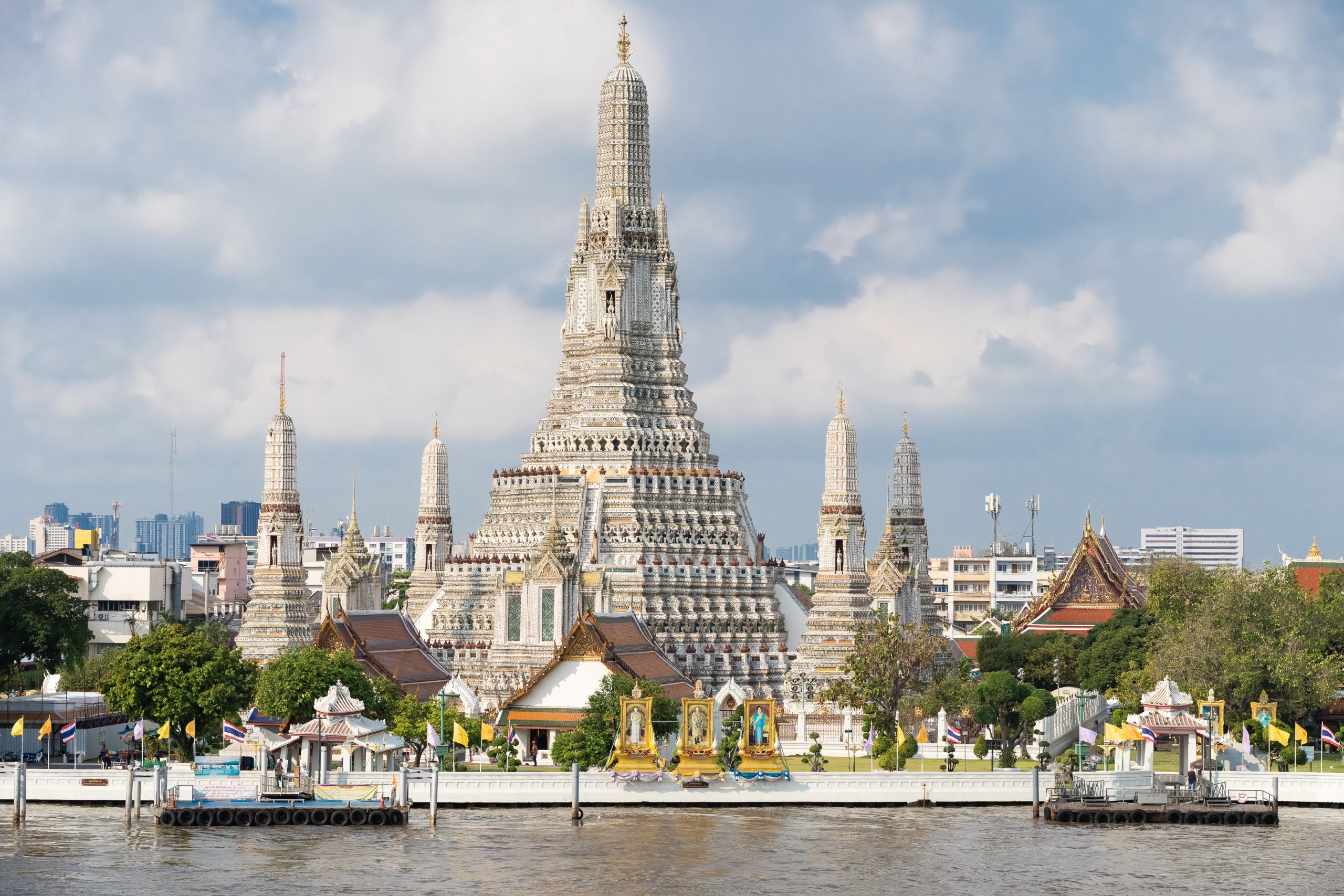
Bangkok, Thailand
Bangkok, the capital city of Thailand, is a bustling metropolis with a population of over 10 million people. Bangkok’s full name is actually Krung Thep Mahanakhon Amon Rattanakosin Mahinthara Ayuthaya Mahadilok Phop Noppharat Ratchathani Burirom Udomratchaniwet Mahasathan Amon Piman Awatan Sathit Sakkathattiya Witsanukam Prasit, which translates to “The City of Angels, The Great City, The Residence of the Emerald Buddha, The Impregnable City (of Ayutthaya) of God Indra, The Grand Capital of the World Endowed with Nine Precious Gems, The Happy City Abounding in an Enormous Royal Palace That Resembles the Heavenly Abode Where Reigns the Reincarnated God, a City Given by Indra and Built by Vishnukarn.” However, most people call it Bangkok, which is a shortened version of the city’s original name, Bang Makok.

Casablanca, Morocco
Casablanca is the largest city in Morocco with a population of over 3.7 million people. It is known as Morocco’s economic and business capital, and is home to the country’s largest port. The city was founded in the 7th century CE by the Berbers, who named it Anfa. It was later renamed Casablanca by the Spanish, after a small white fort that was built on the site. Today, Casablanca is famous for its stunning architecture, including the Hassan II Mosque, which is the third largest mosque in the world and can hold up to 105,000 worshipers at a time. It is also known for its art deco buildings, bustling markets, and lively nightlife.

Mexico City, Mexico
Mexico City is one of the largest and most populous cities in the world, with over 21 million residents in its metropolitan area. It was founded on the ruins of the ancient Aztec capital of Tenochtitlan. The Aztecs had a powerful empire that controlled much of Central Mexico before the arrival of the Spanish conquistadors in the early 16th century. The name Mexico comes from the Aztec word “Mexica,” which was the name of the tribe that founded Tenochtitlan. According to legend, the Aztecs were told by their god, Huitzilopochtli, to build their capital city on the site where they saw an eagle perched on a cactus, devouring a serpent. This symbol is still a part of Mexico’s coat of arms and flag today.
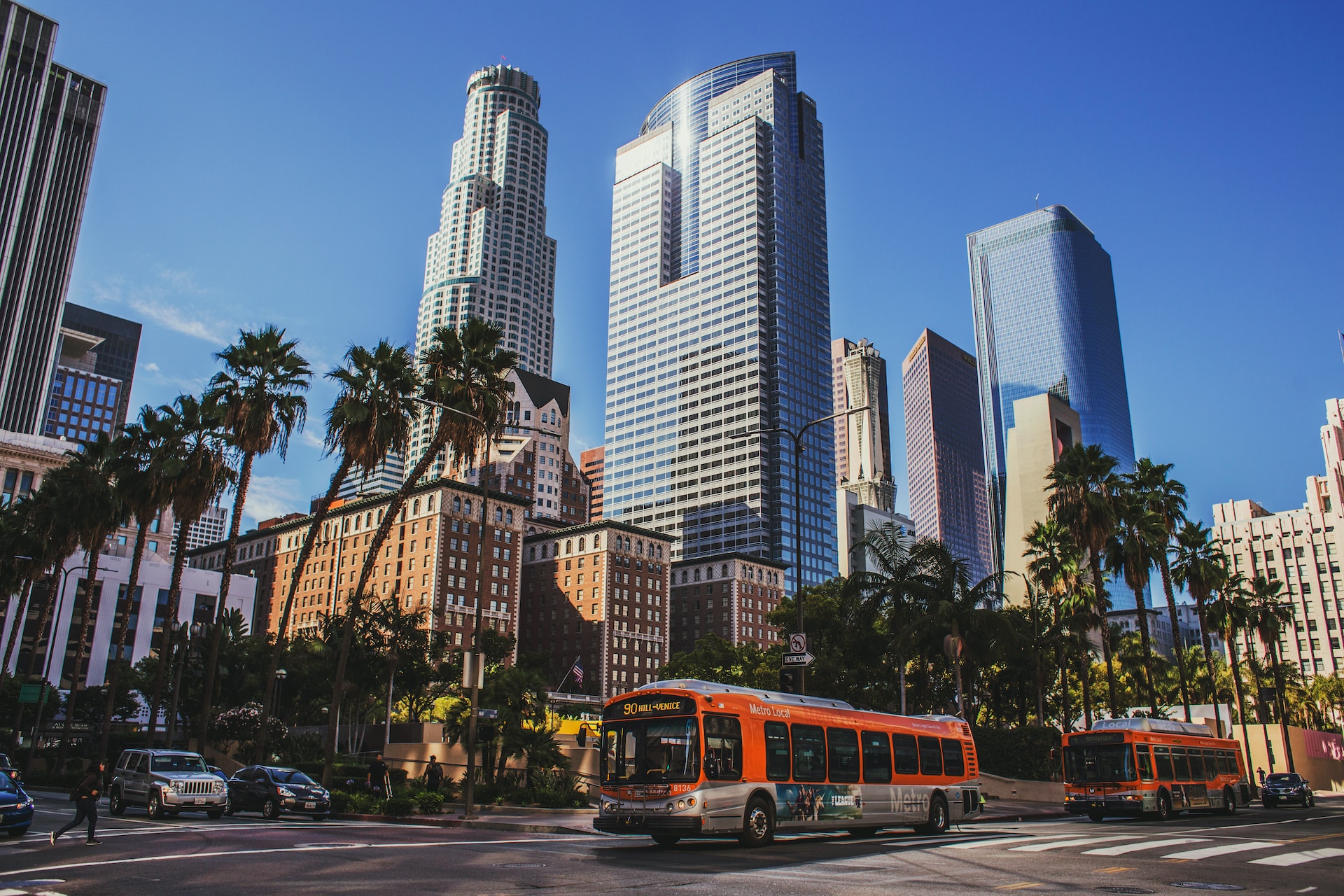
Los Angeles, USA
With a population of nearly 4 million people, Los Angeles is the largest city in California and the second-largest city in the United States. It is known as the “City of Angels” due to its name, which means “The Angels” in Spanish. The city was named by Spanish missionaries who arrived in the area in the late 18th century, and it has since grown to become a global center for business, entertainment, and culture.
As you can see, the names of some of the world’s biggest cities have fascinating histories behind them. Whether it’s a goddess, a river, or foreign settlers, these names all tell a unique story about the origins of these great cities.

